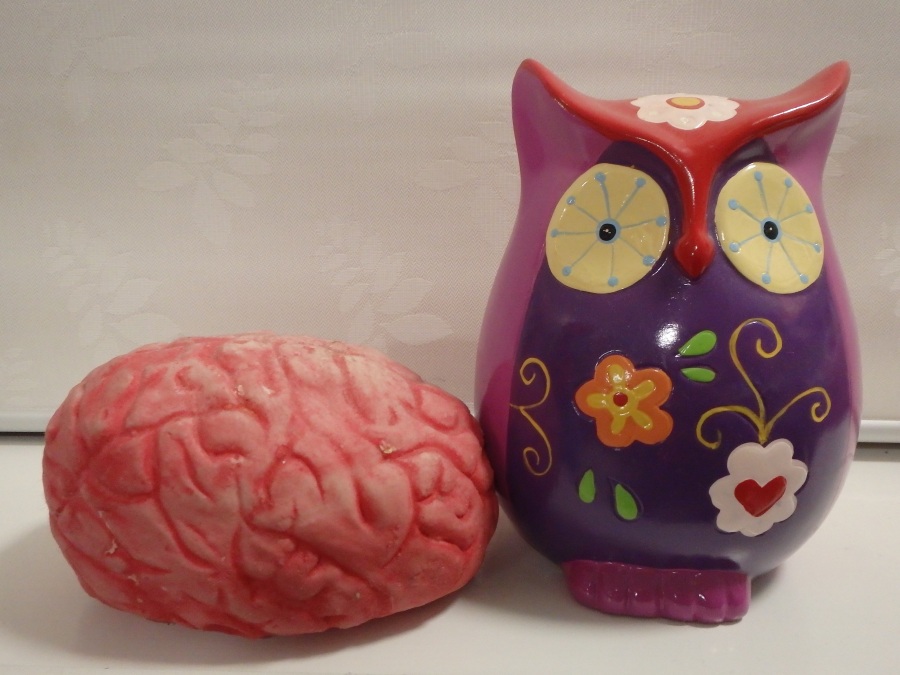Emotional intelligence (EQ) is the ability to identify, use, understand, and manage your own emotions in positive ways to relieve stress, communicate effectively, empathize with others, overcome challenges and defuse conflict. (Segal, Smith & Shubin, 2017)
And just as lifting weights in the gym builds muscles, exercising your emotional intelligence will make you a stronger person.
The “Anatomy” of Emotional Intelligence

An American psychologist, Daniel Goleman, developed a framework of five elements that define emotional intelligence (Cenere, Gill, Lawson & Lewis, 2015, p. 221). These are:
- Self-awareness. A person’s ability to identify and analyse their emotions, and the way these can affect thoughts and behaviour. (Segal et al, 2017)
- Self-regulation. Being able to think before acting on feelings, manage emotions, and to adapt your emotional state to changing circumstances.
- A drive to achieve, and take the initiative.
- Understanding the emotions and needs of others, and how to respond appropriately to those emotions (Goleman, as cited in Glick, 2016).
- Social skills. The ability to effectively develop and maintain relationships with others.
Although not everyone is born with competence in these elements, they can be learned, and strengthened throughout life (just like those muscles).
The Workout
Mayer, Salovey and Caruso (2006) proposed strategies which can be used to improve proficiency in emotional intelligence (Cenere et al, pp.208-209).
- Recognise: To learn to accurately identify motions, warm up by analysing the verbal and non-verbal cues of others, then checking back with them to see if you were right.
- Use: Visualise yourself practising desired behaviours. High repetitions of positive self-talk will boost your mood, which improves your ability to find solutions, and produce ideas.
- Understand: Build up your emotional vocabulary to reflect on basic emotions. Make a conscious effort to recognise these emotions in others, and view situations from the other person’s point of view (Goleman, as cited in Glick, 2016).
- Manage: Start an emotional journal. List how particular events made you feel. Work out how to prevent disruptive emotions. Stretch yourself.
Use it or Lose it
Now, just like those muscles need regular exercise to maintain their strength, so do your emotional intelligence skills.
So go out and start flexing that EQ!
References
Anastasiou, N. (Photographer). (2017). Brain and owl [digital image]. Anastasiou Family Private Collection.
Anastasiou, N. (Illustrator). (2017). Emotional intelligence anatomy [digital image]. Anastasiou Family Private Collection.
Cenere, P., Gill, R., Lawson, C., & Lewis, M. (2003). Communication skills for business professionals. Melbourne, Australia: Cambridge University Press.
Glick, D. (2016). Emotional intelligence: secrets from the experts [Kindle Edition]. Retrieved from http://www.amazon.com.au
Segal, J., Smith, M., & Shubin, J. (2017). Improving emotional intelligence (eq). https://www.helpguide.org/articles/emotional-health/emotional-intelligence-eq.htm

Pingback: This is the End… but I’ll be back! – According To Nicholas